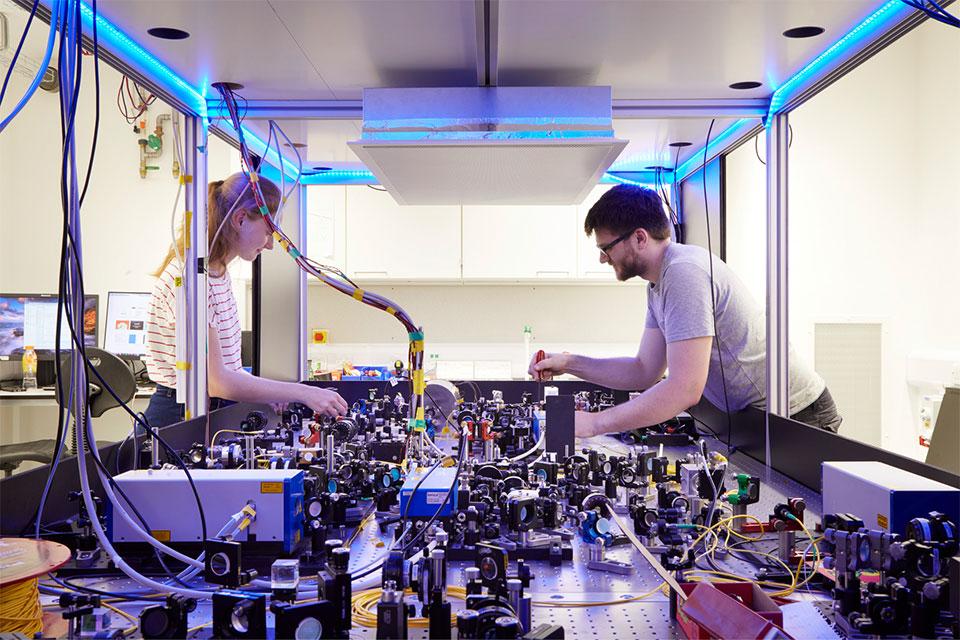Beecroft Building
Dr Annabelle Bohrdt (Harvard)
Abstract
In condensed matter physics, the Fermi-Hubbard model is arguably one of the most enigmatic models to describe strongly correlated electrons. It is moreover believed to capture most of the phenomenology of the cuprate materials, which exhibit high-temperature superconductivity. Despite its apparent simplicity and decades of research, the phase diagram of the Fermi-Hubbard model is still not fully explored. In this talk, I will give a general introduction to the Fermi-Hubbard model and its descendant, the t-J model, and its realization in cold atom quantum simulators. I will then introduce the mixed-dimensional t-J model and show how it exhibits similar features to its fully two-dimensional counterparts. In particular, I will show how long sought-after features such as stripes and pairing are robust up to significantly higher temperatures in the mixed dimensional model, and can thus be observed in current quantum simulation experiments. Away from the parameter regimes in which pairs or stripes are formed, the motion of charge carriers disturbs the spin background, leading to frustration. I will introduce Hamiltonian learning schemes, which can be directly applied to snapshots from quantum gas microscopes, in order to quantify the degree of frustration in the spin sector introduced by the charge motion.

